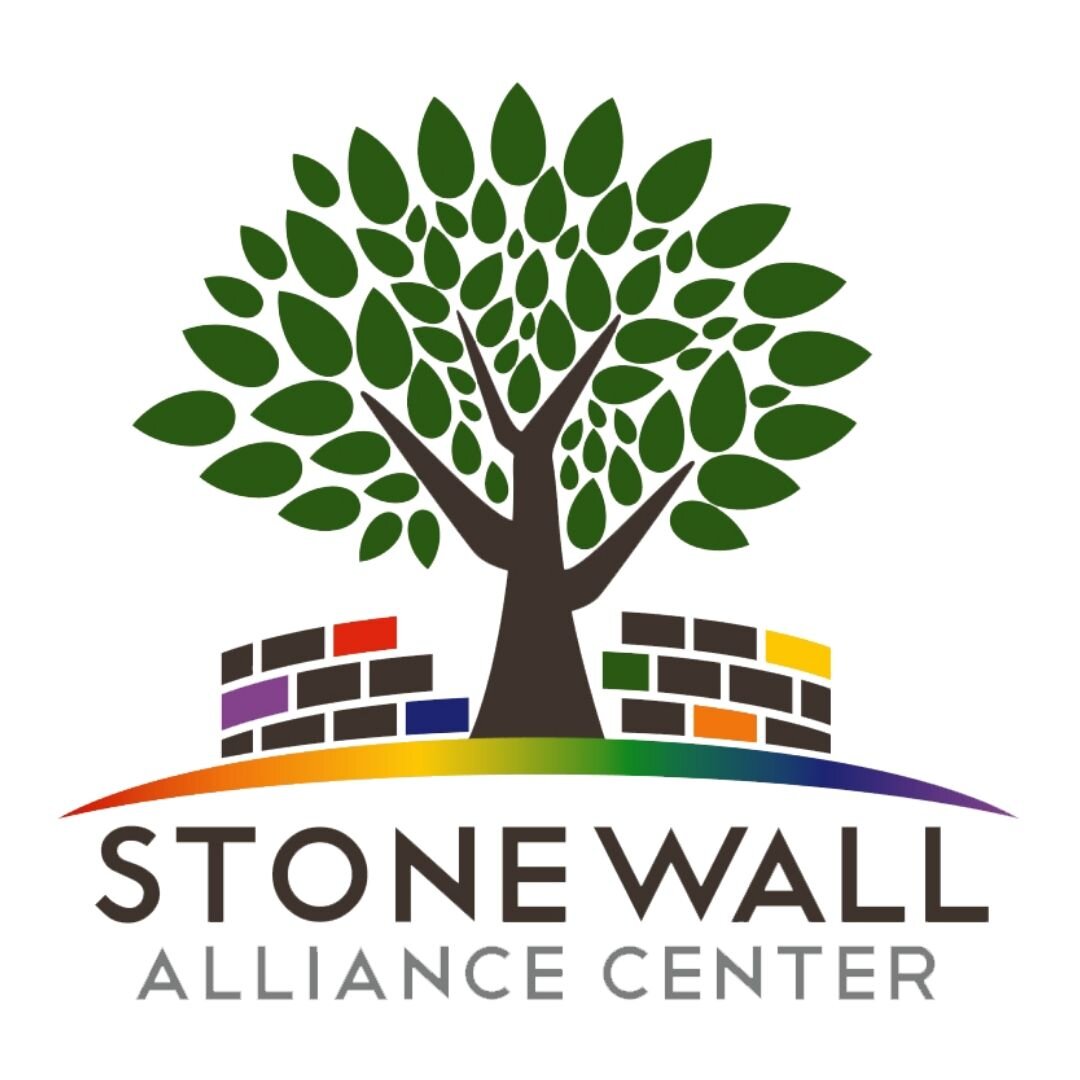If you or a loved one is in crisis, feel free to use the resources listed below…
(877) 565-8860
Trans Lifeline
24/7 Crisis line
Trans Lifeline’s Hotline is a peer support service run by trans people, for trans and questioning callers. Their operators are located all over the U.S. and Canada, and are all trans-identified. If you are in crisis or just need someone to talk to, even if it’s just about whether or not you’re trans, please call the Trans Lifeline. They will do their best to support callers and provide resources.
(530) 891-2810 or (800)334-6622
Butte County Crisis Line
24/7 Crisis line
The Crisis Response Team provides services to individuals in Butte County who are experiencing mental health crisis events, regardless of insurance status and age, to determine appropriate level of care to maintain consumer and community safety.
Text “LISTEN” to 741741
The Alex Project
24/7 Crisis line
Crisis Text Line is a global not-for-profit organization providing free mental health texting service through confidential crisis intervention via SMS text messaging.
Standard msg & data rates may apply. Text HELP for more info. Text STOP to opt out.
Click here for Text Hotline privacy policies
(866) 488-7386 or text “Start” to 678-678
The Trevor Project
24/7 Crisis line
The Trevor Project is the leading national organization providing crisis intervention and suicide prevention services to lesbian, gay, bisexual, transgender and questioning (LGBTQI+) youth.
The Trevor Project provides several crisis services if individuals need to talk to someone as soon as possible. Available via phone call, online chat, or through text, these 24/7 crisis lines are available to all LGBTQIA2S+ ages 25 and younger, or allies of an individual meeting that description.
1-800-273-TALK (8255)
National Suicide Prevention Lifeline
24/7 Crisis line
The National Suicide Prevention Lifeline provides free and confidential emotional support to people in suicidal crisis or emotional distress 24 hours a day, 7 days a week, across the United States. The Lifeline is comprised of a national network of over 180 local crisis centers, combining custom local care and resources with national standards and best practices.
1-(800) 656-4673
RAINN
24/7 Hotline
RAINN (Rape, Abuse & Incest National Network) is the nation's largest anti-sexual violence organization. They offer both a hotline and online chat option, as well as plenty of information about laws and resources in your area related to sexual violence.
“RAINN recognizes that sexual violence can affect us all, and we are dedicated to providing appropriate and sensitive support to everyone who seeks it. We know that no two survivors have the same experience, and we strive to provide services and information that respect these differences among us.”
1-888-843-4564
LGBTQ+ National Help Center
Monday-Friday 1pm-9pm PST
Saturday 9am-2pm PST
The Gay, Lesbian, Bisexual and Transgender* National Hotline provides telephone and email peer-counseling, as well as factual information and local resources for cities and towns across the United States. All of our services are free and confidential. We speak with callers of all ages about coming-out issues, relationship concerns, HIV/AIDS, anxiety, safer-sex information, and lots more!
LGBTQ+ National Help Center Chat
Monday-Friday 1pm-9pm PST
Saturday 9am-2pm PST
We offer free, confidential, one-on-one peer support for gay, lesbian, bisexual, Transgender and questioning people. All conversations are confidential. We do not keep transcripts or recordings of the chat conversations we have with you.
Suicide Prevention & Support Resources
Please know that Identifying as LGBTQ+ does not cause mental health disparities, and the majority of LGBTQ+ people who experience stressful external factors, like those listed below, do not become suicidal.
KNOW THE SIGNS
· Acting anxious, agitated, or reckless
· Drastic changes in behavior
· Talking about wanting to die or kill oneself
· Looking or researching a way to kill oneself
· Drug and/or alcohol abuse
ASK QUESTIONS
· Do you have a plan to commit suicide or take your life? Have you thought about when or how you would do it?
· Are you thinking about killing yourself?
· Have you attempted suicide before?
· Are you seeing a doctor or mental
health professional?
Listen carefully and learn what the individual is thinking and feeling.
Findings suggest acknowledging and talking about suicide reduces suicidal thoughts. It’s not an easy question but studies show that asking at-risk individuals if they are suicidal does not increase suicides or suicidal thoughts.
KEEP THEM SAFE
Be there and stay with the person, either on the phone or in-person until you can connect them to other resources and professional help.
Reducing a suicidal person’s access to highly lethal items or places is an important part of suicide prevention. While this is not always easy, asking if the at-risk person has a plan and removing or disabling the lethal means can make a difference.
HELP THEM CONNECT
Know the resources available in your area and save several emergency numbers to your cell phone. The ability to get immediate help for yourself or for a friend can make a difference.
· The phone number for a trusted friend or relative
· 24/7 LGBTQ Youth Helpline (Trevor Project): 866-488-7386
· Crisis Text Line (Alex Project): Text “LISTEN” to 741741
· National Suicide Prevention Lifeline: 1-800-273-8255
· Trans Lifeline: 877-565-8860
· Butte County Crisis Line: 530-891-2810 or 800-334-6622
STAY CONNECTED
Staying in touch after a crisis or after being discharged from care can make a difference. Studies have shown the number of suicide deaths goes down when someone follows up with the at-risk person.
